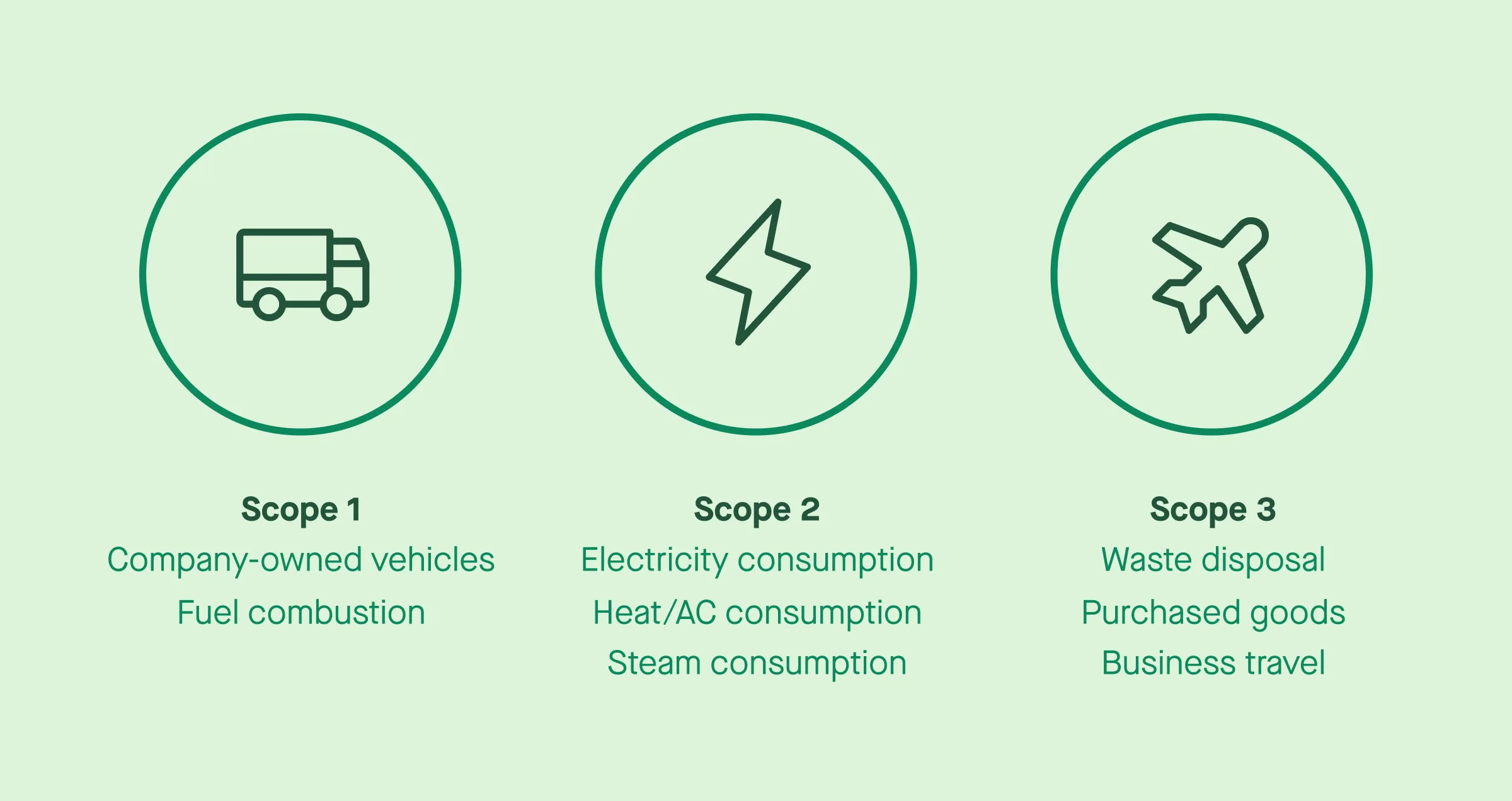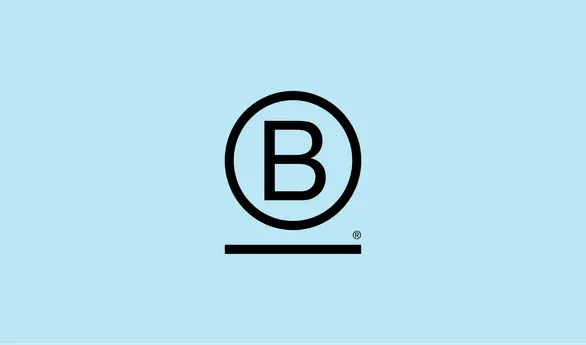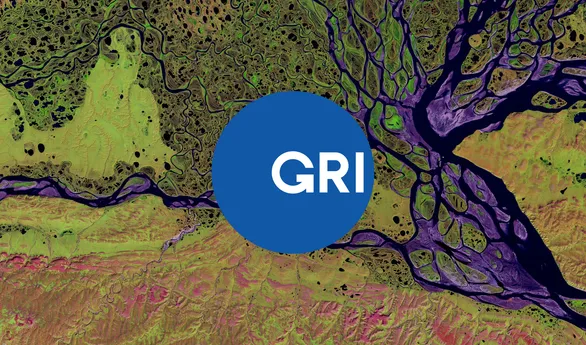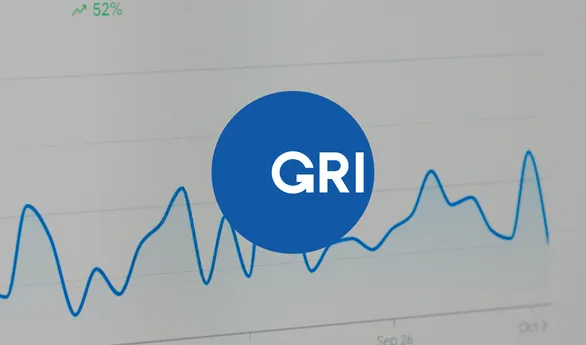As businesses work to meet ambitious net zero targets, tackling Scope 3 emissions is increasingly becoming a priority. Scope 3 emissions—indirect greenhouse gas (GHG) emissions occurring across the supply chain and own operations—are often the largest component of a company’s total emissions. However, these emissions are also the most complex to identify, inventory, and reduce due to their reliance on external stakeholders.
By organizing their carbon reduction efforts into transformative, collaborative, and contributive strategies, businesses can create actionable plans to address Scope 3 emissions effectively and drive meaningful progress in reducing their climate change impact.
What is Scope 3? A recap
Scope 3 emissions are one of the three scopes outlined by the Greenhouse Gas Protocol, a widely used framework for emissions reporting. While Scope 1 and Scope 2 emissions cover direct emissions from a company’s operations and indirect emissions from purchased energy use, Scope 3 includes all other indirect emissions along the value chain.

These greenhouse gas emissions fall into upstream and downstream categories:
- Upstream emissions: Emissions related to raw materials, business travel, employee commuting, and other supply chain activities.
- Downstream emissions: Emissions from the use of sold products, waste generated by customers, and end-of-life product disposal.
Effectively managing Scope 3 emissions requires companies to measure their impact, inventory their sources, determine key contributors, and assess their data to ensure accurate reporting.
What is the global Scope 3 reduction target?
The Paris Agreement established a global target to limit temperature rise to below 2°C above pre-industrial levels, with an aspirational goal of 1.5°C by 2050. Current projections, however, show a warming trajectory of between 2.1 and 3.9°C by 2100 without significant climate change action.
To meet these goals, global upstream Scope 3 emissions must be reduced by 54% compared to baseline levels. Achieving this target requires substantial cuts across several sectors:
- Energy, transport, and materials: 58-67% reduction.
- Manufacturing, services, and buildings: 50-52% reduction.
- Agriculture, forestry, and other land use: 39% reduction.
These reductions highlight the need for businesses to address emissions across their supply chains, energy use, and raw material sourcing to meet global climate change criteria.
Three Scope 3 Classifications
Transformative strategies: Rebuilding business models
In industries like oil and gas, automotive, and aviation, most Scope 3 emissions come from downstream activities, such as the use of sold products. For these sectors, a transformative strategy is necessary to reimagine their business models and transition away from reliance on carbon-intensive products and services.
Characteristics of transformative strategies
- Focus: Downstream chain emissions, including the use of sold products.
- Industries: Oil and gas, automotive, aviation.
- Objective: Reshaping the product mix and operational models to align with climate change criteria and sustainability goals.
Examples of transformative actions
- Transitioning to renewable energy sources in place of fossil fuels.
- Developing electric vehicles to replace internal combustion engines.
Transformative strategies require high-level decision-making and a focus on metrics beyond total emissions, such as customer adoption of sustainable products and overall alignment with net zero targets.
Collaborative strategies: Engaging the supply chain
For industries such as manufacturing, textiles, and professional services, most Scope 3 emissions are upstream, stemming from purchased goods and services. Collaborative strategies center on improving supply chain sustainability through partnerships with suppliers and optimizing procurement processes.
Characteristics of collaborative strategies
- Focus: Upstream chain emissions related to raw materials, business travel, and other supply chain activities.
- Industries: Manufacturing, textiles, service sectors.
- Objective: Optimizing supply chain processes and engaging suppliers to meet sustainability criteria.
Examples of collaborative actions
- Using product carbon footprint data to compare supplier emissions and make informed sourcing decisions.
- Training procurement teams to engage suppliers and align them with corporate sustainability goals.
Digital tools like Sweep’s carbon and ESG management platform help businesses inventory emissions sources, determine hotspots, and facilitate transparent reporting. This ensures control over supply chain activities and improves carbon reduction efforts.
Contributive strategies: Scaling positive impacts
Organizations in green industries, such as renewable energy, sustainable construction, and low-carbon food production, have the opportunity to contribute more good than harm. Contributive strategies focus on scaling solutions that actively reduce global emissions and support long-term sustainability.
Characteristics of contributive strategies
- Focus: Expanding and accelerating solutions that reduce total emissions and create positive climate change impacts.
- Industries: Renewable energy, sustainable mobility, impact investing, low-carbon food production.
- Objective: Scaling operations, financing solutions, and increasing adoption of sustainable products and services.
Examples of contributive actions
- Launching marketing campaigns to promote low-carbon solutions and drive customer adoption.
- Measuring avoided emissions and implementing carbon sequestration techniques to address climate change.
Contributive strategies require organization-wide participation, with teams across departments working to identify opportunities for growth and align their efforts to deliver meaningful progress.
Moving forward with Scope 3 action
Addressing Scope 3 emissions requires a comprehensive approach that includes measuring emissions, identifying key contributors, and implementing effective carbon reduction efforts. Businesses must focus on inventorying their total emissions, gaining control over upstream and downstream activities, and ensuring compliance with climate change reporting requirements.
With tools like Sweep’s carbon and ESG management platform, organizations can simplify data collection, track progress in real-time, and develop actionable plans to reduce emissions across the supply chain. By adopting transformative, collaborative, and contributive frameworks, companies can address their largest emissions challenges and achieve significant reductions.




